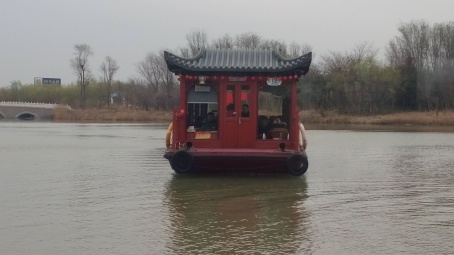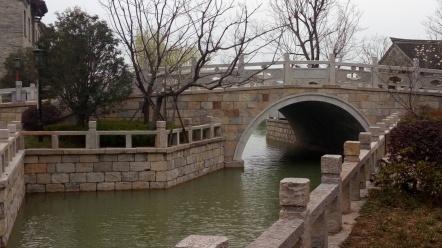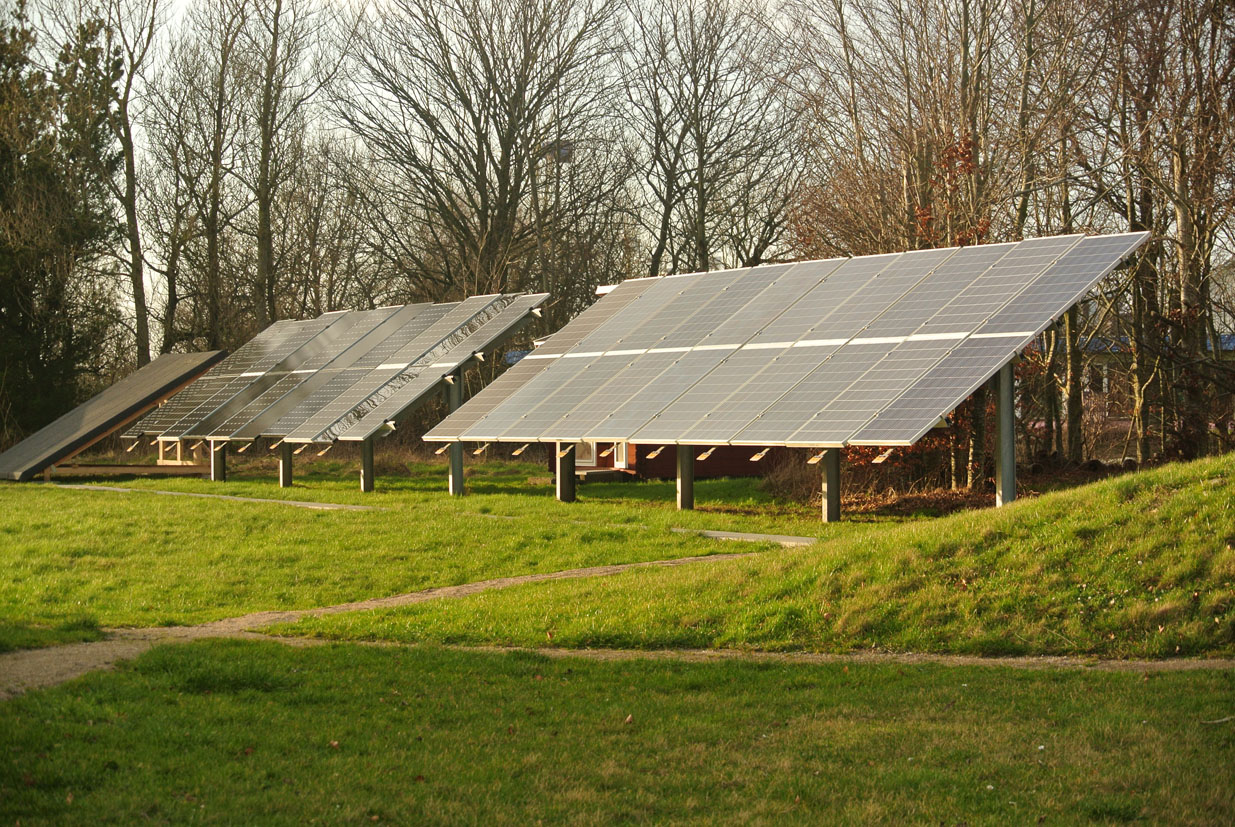
By Edmund Smith-Asante
Two tour boats with dragon-shaped roofs were seen moored at the pier when the journalists arrived at the Pan’an Lake Wetlands Park.
The boats were later to take African journalists in China, at the invitation of the China Africa Press Centre (CAPC) and the China Public Diplomacy Association (CPDA), on an unforgettable pleasure ride across the vast expanse of water.
Waiting on each of the tables set on board the boats with finely decorated wood finishing cabins was the traditional warm Chinese green tea, which did more than warm the shivering visitors who had to brace the cold weather.
The heated interior of the boat and warm health tea instantaneously animated the hitherto freezing and grimacing journalists who were now ready for a tour on the lake.
The Pan’an Lake
But there had not always been a lake such as the one the journalists were about to tour.

The lake was an idea conceived after about 60 years of coal mining had desecrated the environment north east of Xuzhou in the southwestern part of the Jiawang district in the Jiangsu province of China.
So instead of ruing their loss and lamenting the massive destruction to the environment caused by centuries of coal mining, the Xuzhou local government office decided to turn their misfortune into a blessing by converting the sorry site left after years of plunder into an ecotourism destination.
Today, the man-made lake named after Pan An who lived during China’s Jin Imperial Dynasty and developed from abandoned coal mine pits attracts an average of over 1,000 visitors daily and a higher figure at the weekends, although it was opened to the public just two years ago.
The Deputy District Head, Mr Zhang Sheng, told the journalists that it took a total amount of over US$435 million (3 billion China Yuan Renminbi) and five years of hard work to construct the lake and Eco Park.
Mr Zhang explained that the water that formed the lake naturally came from deep down the water table that had been breached from digging into the earth’s bowel for coal over the years.
Design, composition

The Pan’an Lake Wetland Park which covers 7.5 sq km features a four-in-one construction model that comprises capital farmland consolidation, coal mining subsidence area reclamation, ecological environment restoration and wetland landscape development.
Recently named “The Most Beautiful Rural Wetland in China” in recognition of its splendour, the picturesque park is divided into five parts, namely the northern ecological recreational area, central wetland scenic area, the western folk custom culture area, southern wetland hotels area and the eastern ecological conservation area.
Recreation services provided include boat rides, long walks on wooden paved footpaths, as well as concrete and wooden pedestrian foot bridges overlooking large expanses of clear water. It also has tea and gift shops, as well as restaurants and entertains tourists with live traditional Chinese musicians.

According to a paper on China’s abandoned mine land reclamation plan and best practice by Dr Zhou Yan of the Land Consolidation and Rehabilitation Centre, Ministry of Land and Resources, “With an investment of RMB 1.4 billion, Phase I of the wetland park covers an area of 11 km2 (including 9.21 km2 water area), where 160,000 trees, one million m2 flowers, and 0.98 million m2 aquatic plants from over 300 species have been planted in 19 wetland islands.”
There are also more than 200 bird species, 30 animal species and 40 fish species in the lake area and in the water.
He said the Pan’an Lake Wetland Park was projected to create an annual tourism revenue of RMB 200 million and raise the land prices of its surrounding areas by over 30 times.
Worthy lesson
As Ghana embarks on a campaign to stop illegal mining (galamsey) which has destroyed many water bodies and hectares of land, perhaps the country could borrow from the Xuzhou example of reclamation to make some gains from the destroyed environment.
Meanwhile, the momentum must be sustained on the campaign against illegal mining and those arrested fined heavily to fund such revenue-generating reclamation projects which can also be supported by the legal miners because they also destroy the environment through their operations and many are not able to restore the land destroyed to its former state.

The journalists also visited the Han Cultural Zone to see underground tombs of the Han Dynasty and also terracotta warriors and horses – an archaeological find that explains the political military history of the Han Dynasty.
These were idols buried with the dead in ancient times dating over 2,000 years ago.
To preserve the ancient sculpture in the same condition they were found, structures have been built where they were excavated from, including those found in very damp conditions which are kept in a building put up in water.
This story was first published by the Daily Graphic on May 2, 2017

